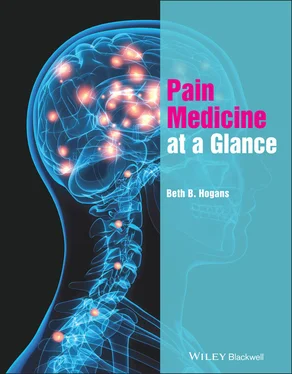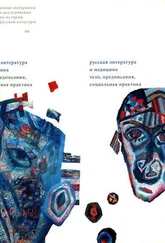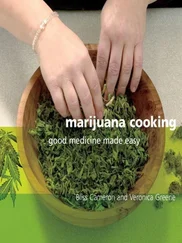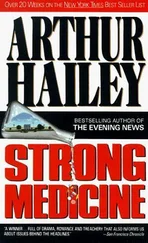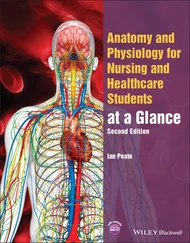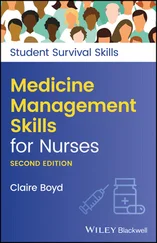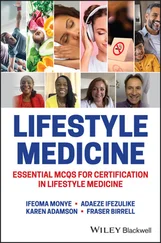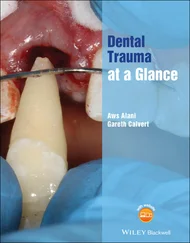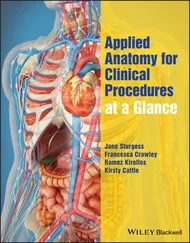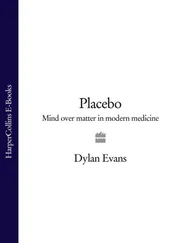1 Cover
2 Title Page Pain Medicine at a Glance BETH B. HOGANS The Johns Hopkins School of Medicine and Veterans Affairs Maryland Health Care System Baltimore, USA
3 Copyright Page
4 Dedication Page
5 Preface
6 Foreword
7 Acknowledgment
8 1 What is pain and how do we assess it? References
9 2 Nociceptive processing Transduction Transmission Perception Modulation References
10 3 What are the major types of pain? References
11 4 How prevalent is pain and what are the common forms? References
12 5 Pain and ethical practice Beneficence Non‐maleficence Autonomy Distributive Justice References
13 6 Advanced skillfulness in clinical practice References
14 7 Cognitive factors that influence pain References
15 8 Approach to the patient with pain Balancing treatment and diagnosis: parallel pathway model Understanding pain and choosing rational pharmacotherapy: mechanism based‐classification Patient‐centered care vs. disease‐centered care Biopsychosocial model References
16 9 The pain‐focused clinical history Emotional impact Sleep Function Biopsychosocial model Openness to treatments – foundations of MI Social history and work–life References
17 10 Assessing pain in those with communication barriers Speech barriers Hearing barriers Language barriers Socioemotional barriers Managing affect and negotiating boundaries with pain patients References
18 11 Examination skills I Observation Affect References
19 12 Examination skills II Inspection Palpation Range of motion Motor testing Sensory testing Reflex testing Provocative testing References
20 13 Integrating knowledge, skills, and compassionate practices References
21 14 Motivational interviewing and shared decision‐making References
22 15 Communication and interprofessional teams caring for patients with pain References
23 16 Planning therapy References
24 17 Basic considerations for pharmacological therapy – balancing mechanisms of drugs and disease References
25 18 Over‐the‐counter analgesia References
26 19 Neuromodulating agents References
27 20 Opioids – the basics and use in perioperative pain care References
28 21 Opioids – the details References
29 22 Opioids – advanced practice – alternative delivery routes References
30 23 Focal treatments for pain in primary practiceAnatomy and innervation Selected agents and therapies References
31 24 Interventional treatments and surgery for pain References
32 25 Activating therapies References
33 26 Mind‐based therapies References
34 27 Manual therapies: massage; trigger points, acupressure, chiropractic, stretching, inversion References
35 28 Therapies that utilize descending pain pathways: meditation, vocation, games, music, and others References
36 29 Acute and chronic pain: the basics Reference
37 30 Surgical and procedural pain References
38 31 Musculoskeletal pain Reference
39 32 Orofacial pain Anatomy and innervation Common and relevant conditions
40 33 Neck pain, cervical, and thoracic spine pain Anatomy and innervation References
41 34 Arm and hand pain Anatomy and innervation Common and relevant conditions References
42 35 Low back pain
43 36 Back pain emergencies Common and relevant conditions Reference
44 37 Radiating leg, buttock, and groin pain Anatomy and innervation Common and relevant conditions References
45 38 Knee pain Anatomy and innervation Clinical assessment Basics of treatment References
46 39 Foot and ankle pain Anatomy and physiology Clinical assessment Basics of treatment References
47 40 Headache emergencies References
48 41 Headaches Basic evaluation Tension type headache Migraine headache Occipital neuralgia Secondary headache References
49 42 Headache – chronic pain and the acute flareGeneral features and diagnostic guidance Common and relevant conditions References
50 43 Visceral pain Anatomy and innervation
51 44 Pelvic pain Anatomy and physiology
52 45 Exceptional causes of severe, chronic pain
53 46 Management of pain in those with substance abuse References
54 47 Pain at the end of life, opioid rotation Opioid rotation References
55 48 Opioids for chronic pain: preventing iatrogenic opioid use disorders References
56 49 Tapering opioids in patients with pain References
57 50 Pain in infants, children, and adolescents References
58 51 Pain in older adults Reference
59 52 Tailoring pharmacotherapy in aging, renal, liver, and other metabolic dysfunctions References
60 53 Pain in pregnancy and the puerperiumAnatomy Common and prevalent conditions References
61 References
62 Appendix I: Sample exam sheet
63 Appendix II: Sample pain diary worksheet
64 Appendix III: Glossary Sources
65 Appendix IV: Daily stretching guide – essential for pain prevention
66 Appendix V: Patient packet – your power over pain
67 Multiple choice questions
68 Answers
69 Index
70 End User License Agreement
1 Chapter 9 Table 9.1 Pain alphabet. Table 9.2 Pain functional interference. Table 9.3 Biopsychosocial model: with examples for each Bio – Psycho – Social...
2 Chapter 11 Table 11.1 Pain behaviors by temporal phase.Table 11.2 Management of affect NURSE acronym.
3 Chapter 12Table 12.1 Range of motion of commonly tested parts.Table 12.2 Selected muscle name and innervation levels.Table 12.3 Reflex testing.
4 Chapter 14Table 14.1 Behavior change in healthcare: comparison of models.Table 14.2 Motivational interviewing summary.
5 Chapter 15Table 15.1 Strategies for acute pain care management.Table 15.2 Key messages from The Joint Commission about pain.Table 15.3 The Joint Commission: standards for pain care.Table 15.4 How to communicate with other providers about pain.Table 15.5 Maintaining an excellent reputation.
6 Chapter 18Table 18.1 Selected NSAIDs and relative potency for COX1 and COX2.
7 Chapter 19Table 19.1 Selected features of pain‐active neuromodulating agents: anti‐depr...
8 Chapter 20Table 20.1 Abbreviated guide to appropriate opioid prescribing scenarios.
9 Chapter 21Table 21.1 The basic principles of safe opioid use are embodied in the CDC an...Table 21.2 Opioid potency relative to morphine, and receptor subtype activati...Table 21.3 Opioid receptor types and actions.
10 Chapter 23Table 23.1 Over‐the‐counter topical agents and preparations.Table 23.2 Prescription topical agents.
11 Chapter 25Table 25.1 Daily sleep countdown.Table 25.2 Common sleep questions.Table 25.3 Daily sleep countdown.
12 Chapter 26Table 26.1 Elements of cognitive behavioral therapy.Table 26.2 Errors of thought contributing to pain perpetuation.Table 26.3 Six elements of acceptance‐commitment therapy.
13 Chapter 30Table 30.1 Potential harms and side effects of inadequate pain control in the...Table 30.2 Number of common U.S. surgical procedures, selected procedures as ...
14 Chapter 39Table 39.1 Incidence of sprains of the lower quarter.Table 39.2 Distinguishing features of pain syndromes in the foot and ankle.
15 Chapter 40Table 40.1 Typical temporal course and major exam findings of major headache ...Table 40.2 Highlights of testing, imaging, and clinical notes for major heada...
16 Chapter 48Table 48.1 Potential harms and benefits of opioids.
17 Chapter 49Table 49.1 Opioid WITHDRAWAL mnemonic – FLAPPY HANDS.Table 49.2 Opioid OVERDOSE mnemonic – MORPHINE.Table 49.3 Features of opioid tapering: paradigmatic scenarios.Table 49.4 Naloxone – CDC‐NIOSH recommendations.
18 Chapter 50Table 50.1 Neonatal/Infant pain scale.Table 50.2 Infant positioning for vaccination influences assessed pain. (a) T...Table 50.3 Soothing and pain‐relieving activities, by age group.
Читать дальше
